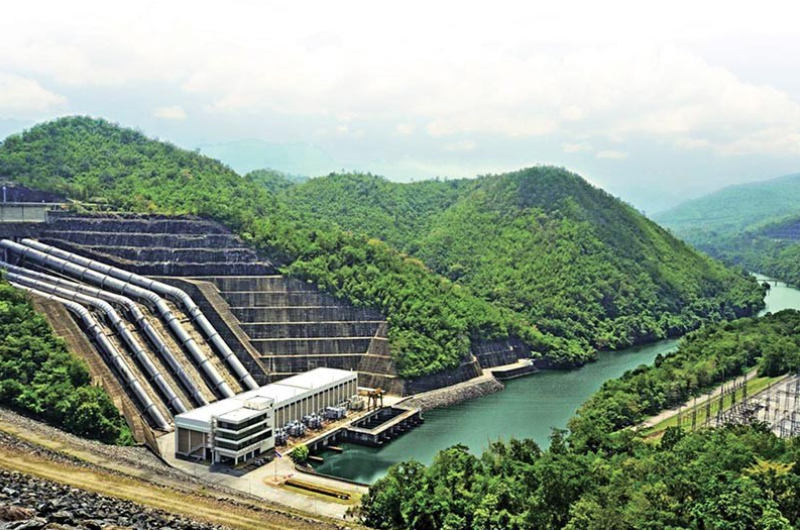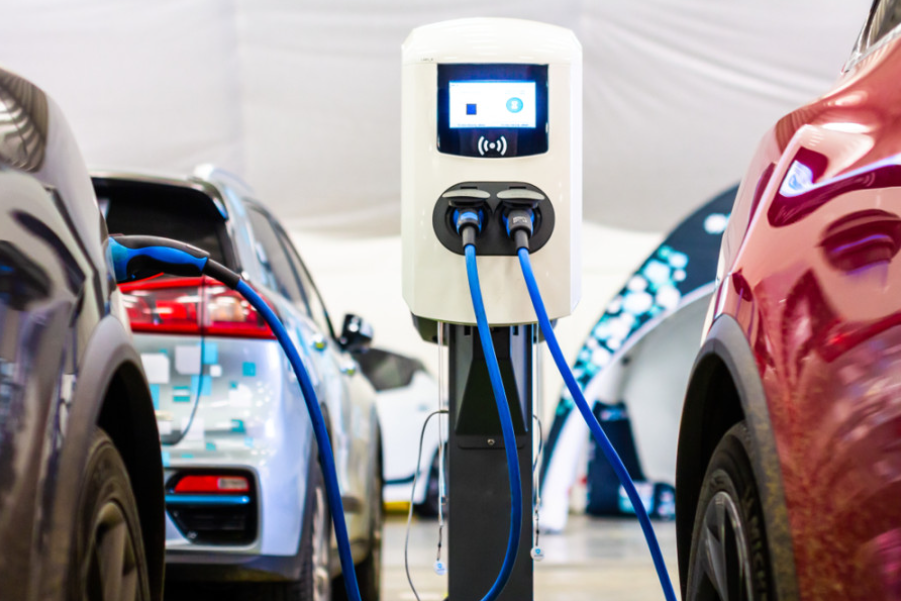Nepal stands at a critical turning point where clean energy, public health, the national economy, and climate urgency come together. In recent years, the country has seen a growing interest in electric vehicles . Sales are rising, policies are being rolled out, and charging stations are popping up in major cities. But curiosity alone will not be enough. Nepal does not just need more EVs on its streets—it needs a full electric vehicle revolution to transform its future.
Hydropower: Nepal’s natural advantage
Few countries in the world are as well-placed for an EV revolution as Nepal. More than 90 percent of its electricity comes from hydropower, a renewable source that produces almost no carbon emissions. Only a decade ago, Nepal was crippled by daily blackouts, but since 2018, supply has improved dramatically. Today, Nepal often produces surplus electricity, especially during the rainy season.

Instead of wasting this clean energy or selling it cheaply to neighbors, Nepal can put it to use at home. Every EV on the road replaces imported oil with locally generated clean power, keeping more money within the national economy. This shift moves Nepal closer to energy independence while giving citizens cleaner and cheaper mobility.
Saving costs for drivers and the nation
Petrol and diesel drain both family budgets and national finances. Prices fluctuate constantly, making it hard for drivers to plan expenses. Repairs for combustion engines add more financial pressure. Meanwhile, the government spends billions of rupees each year importing fuel, weakening Nepal’s foreign reserves.
EVs change this equation. Electricity costs remain stable, and running an EV is far cheaper than fueling a petrol or diesel vehicle. Many drivers already see the difference. One van driver explained that he used to spend around $40 a day on diesel; now, with an EV, his electricity costs are closer to $6. That is life-changing savings for a single household.
On a national scale, analysts estimate that each EV can help cut oil imports by about $22 million a year. With thousands of EVs on the road, Nepal saves billions while reducing dependence on volatile global oil markets.
Building a charging network
A revolution in transport needs infrastructure, and Nepal is catching up quickly. The Nepal Electricity Authority and private companies have already set up more than 400 public charging stations, with more planned each year

But challenges remain. Rural areas still lack charging facilities, and highway travelers sometimes wait in long queues at busy stations. Nepal must expand its network with faster chargers along major highways and more rural access, ensuring that EVs are not just an urban privilege but a national solution.
Future plans include thousands of electric microbuses and organized routes supported by digital apps. These steps show that EVs can serve both daily commuters and long-distance travelers, bringing reliable and affordable public transport.
Challenges that still need solving
The road to an EV revolution is not smooth. Policies sometimes change suddenly, which confuses consumers and discourages investment. Charging stations outside cities remain scarce, and there is a shortage of trained technicians for EV maintenance.
Battery waste poses another looming problem. Without recycling systems, Nepal risks creating an e-waste crisis in the coming decades. The country can learn from nations like China, which already have advanced battery recycling industries. Clear policy, strong investment, and skilled manpower will be key to overcoming these hurdles.


 Govt directs NTA to block unregistered social media platform -Nepal
Govt directs NTA to block unregistered social media platform -Nepal  Birth Registration Denial in Nepal Puts Children’s Future at Risk
Birth Registration Denial in Nepal Puts Children’s Future at Risk  Nepal Digital Banking Push Faces After Central Bank Closure
Nepal Digital Banking Push Faces After Central Bank Closure  Why is the Arctic Cold Rush heating up?
Why is the Arctic Cold Rush heating up?  USAID closure harms pro-democracy development efforts in Nepal
USAID closure harms pro-democracy development efforts in Nepal  Why Nepal’s MaPaSe Drink-Driving Tests Called Unscientific
Why Nepal’s MaPaSe Drink-Driving Tests Called Unscientific